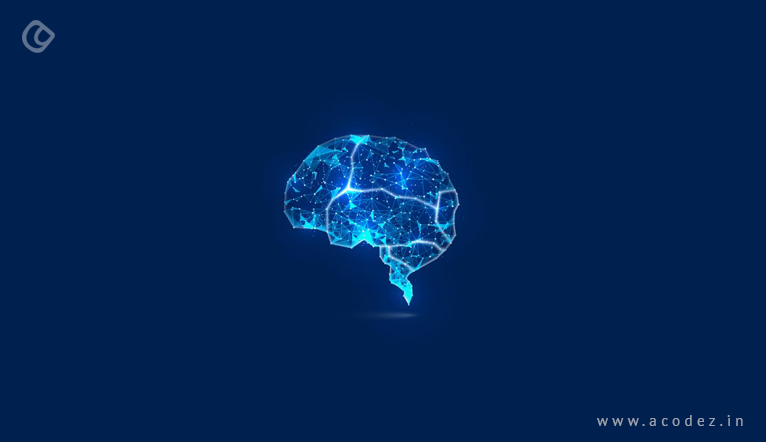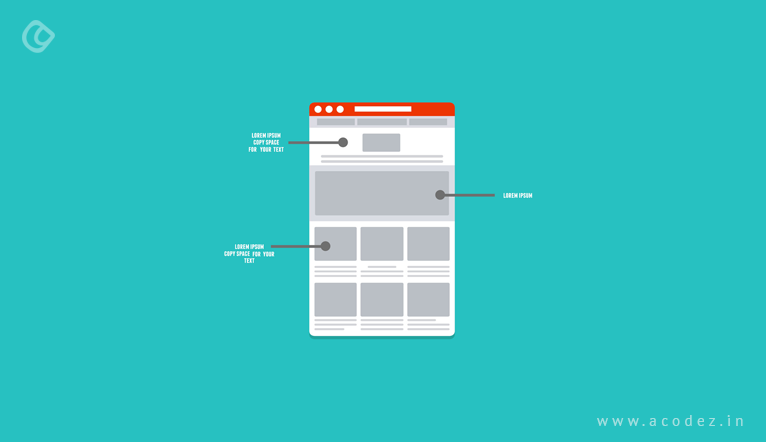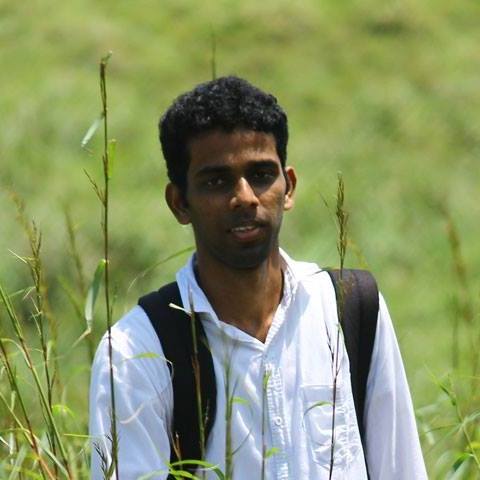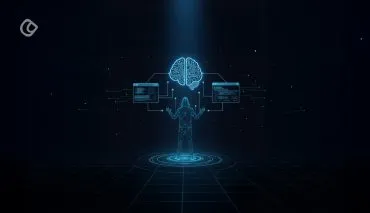If you take businesses of all types, providing any kinds of services or products – all of them aim at ensuring 100% customer satisfaction. The user experience (UX) is one of the vital factors that contribute to achieving this kind of a customer satisfaction that leads to business success. A number of miracles, including data mining, chatbots and what not. These help in enhancing manually built information architecture processes, finally offering a great end-user experience. The main objective is to take your content to people, which is possible by introducing methodologies that will help in the users’ quest for optimized content.
This is brought about by an exemplary UX that drives AI, leading to better search results. If you are providing a service or a product that drives a search component – at present, you have users who run searches with manual filtering that helps in sorting results and bringing the exact answer to the users helping them find what they want. We are always looking for ways to analyze whether they have found what they needed.
Analytics will help you find out whether the audiences are reaching where they wanted to and getting help with what they actually want. Precisely, it will help you to ensure that they are fulfilling their tasks with ease. This provides you with an appropriate measurement about the volume of user satisfaction by viewing the usage data and service time. But, you can always straightaway collect the feedbacks with forms or interviews.
Sometimes, your users may hit the wrong spot while searching, i.e., they are in trouble during the search process – as they cannot reach what they were searching for and all the while keep on hitting the search results that do no match their requirements. But, by taking a look at the search terms they entered and the click-through across the results, you can actually find out whether they got a satisfactory search response and think on how it can be improvised further.
Always, remember that your search strategization should revolve around helping your people find answers to what they are looking for. There are theories that if people try searching with more narrower or comprehensive terms, they might be able to find what they want. But, we cannot rely upon such myths.
It is always recommended to implement a user-centric approach whenever you work on the design part. It is imperative for your business and its success, so if you already have a site, redesign, which means that you need not implement it from the scratch.
Alongside, let us include a little bit of AI here and there.
Your design decisions can always be influenced. If there are large volumes of data that might seem to be irrelevant, you can always implement the AI system during the UX design process. You can do it by using some of the data mining tools that are specifically designed for this purpose, which will help in gathering both structured and unstructured data, including user data, search queries, and analytics data. AI will help you to analyze the unrelated or irrelevant data at hand and identify what are those concerns that your users are facing and preventing them from reaching the exact results.
Here is something that needs to be implemented before you actually start using the AI.
Mentoring AI

Don’t you think the AI should know what has to be done next? How do you expect it to know what should be next? The AI starts its work by analyzing and fixing certain values for the data at a glare. From here on, you can train it.
The AI can easily identify and analyse unbelievably large volumes of data in a short time, which you cannot even think of on a manual basis. The training will help them to identify and further figure out what the data is characterizing in a short span of time. Along with extra information that includes questions, business rules and even meta data, which will help them to understand the concept very well. When you work through the design as well as the UX research stages, you keep on filtering the points that you try to incorporate, which will further help in honing the data surfaces that are analysed by the AI.
It will start recognizing simple questions, such as how many times does a particular search result show up as a response to a query. Or how many people are looking for a specific search result. And, even, what kind of information is served upon searching for a particular query. On the basis of its data identification and analysis, the AI provides a well-customized response. You can ponder it with any number of questions and it will provide you with answers tirelessly.
AIs learnings are based on your data and the questions that you ask and through the process, finally it is prepared to come up with questions on its own. With more number of user analytics and search queries foaming up in the search engines, it learns to identify trends and offer better search results. How do you think this will help the users in their search process?
You can simply provide them with an improvised quality across the search results that are displayed upon searching for a particular data. You can always think of search terms that are predictive and would appear across related responses within the search results.
This will enhance the UX because you are reaching out to your users with exactly the kind of content that they are looking for.
Information Architectures

Information architectures are another one of the concerns on the platter of online businesses these days. How can we help in designing improvised information architectures with AI?
It is not an easy task to develop an information architecture by incorporating proper content blocks with labels that are relevant to users coming up with search queries. AI’s role is to help connect content. This is done by identifying content and data trends that are more prevalent. They also analyze the words and their meanings and then, help the users to navigate through it – while providing a smoother and easier transition. AI is very helpful at identifying use cases or data trends that are trending, which cannot be actually located by the human eye. If we can fuse in user research and data analysis that is performed on a large scale – it will help you identify relation between content, while improvising the content blocks and their relation. This is more important to help make the product intuitive or site intuitive, which can be obtained by using the appropriate links and by making the site’s navigation experience awesome. You can also utilize it for building information structures on the insides, targeting content managers and the same for navigation structures on the outside, which is meant for the users.
Machine-generated AIs are wow and awesome. But, there are certain things for which we cannot depend on AI-generated results.
Humans enter the scenario

Though, we know that the user data aanalyzed by AI systems brings around a number of unrelated data sources, which will create relationships, which might not be identified, but can prove to be helpful. This would of course contribute to how we structure our content in groups or blocks finally providing a great UX.
Data is an important part of UX, but intelligence is more important and can create magic if used smartly and wisely. AI when combined with intelligence and information arcz`hitecture provides the data visualization that will further provide insights into providing users with information on the outputs that pop out of the AI.
All this means that AI is closely related to UX and very soon, we will be witnessing AI professionals working with UX designers.
Also, there is increased potential for getting hands over concealed or hidden information and providing recommendation. It is great to have the AI system unveil the meaning of the data hidden within the systems and then, come up with results that match the queries. It would be so much fun and time-saving to have such a system around, which will possibly fetch exactly the appropriate answers just because it knows what people need and what all answers it can find here.
Think about a situation where your AI can read through all the information that is being entered and start forming thesis and theories that would lead to new answers. It is always ready with answers before the user completes entering the entire search query and the answer matches what exactly the user has been looking for. Such things will soon start happening in future. Let us keep our fingers crossed to wait for the dawn to emerge.
Are you looking for help?
Acodez is a UX agency in India offering a wide range of UX related services. We are one of the leading web design companies in India offering all kinds of design & development services to our clients helping them take their business to the next level.
Looking for a good team
for your next project?
Contact us and we'll give you a preliminary free consultation
on the web & mobile strategy that'd suit your needs best.










yah! your discussed contents are helpful for readers after reading your contents i got my desired requirements, So thanks for everythings.